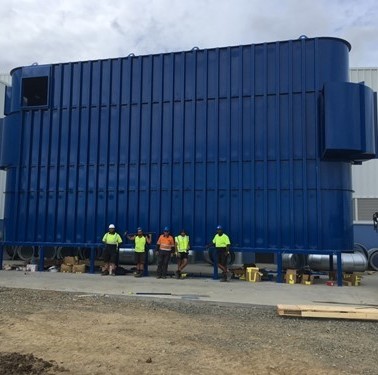DUST EXTRACTION SYSTEMS
Dust Extraction Systems
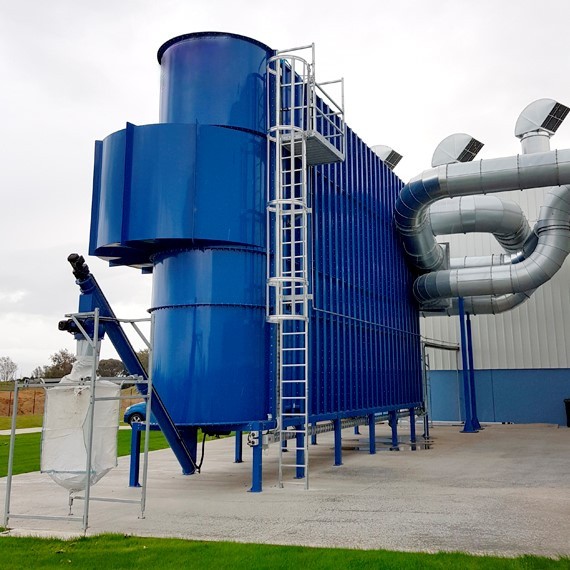
A well designed Dust Extraction System will transform your work place
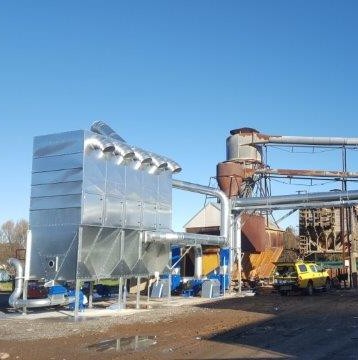
Investment in a new dust extraction system will pay for itself with benefits to staff and lower equipment maintenance.
Dust Extraction Systems
Benefits of A Dust Extraction System
A well-designed dust extraction system transforms industrial workplaces into cleaner, safer, and more efficient environments. Beyond the obvious benefit of cleaner air, these systems create a ripple effect of improvements throughout your operation.
When dust is effectively captured at its source, businesses experience a dramatic reduction in cleaning requirements. Instead of daily or weekly deep cleans that interrupt production, facilities maintain cleaner surfaces naturally. This means less downtime, more consistent operations, and better allocation of your workforce to productive tasks rather than constant cleanup.
Modern workplaces with a proper dust extraction system see improved employee morale and retention. Workers appreciate employers who prioritize their health and safety, leading to a more engaged workforce. The professional appearance of a dust-free facility also impresses clients and visitors, reinforcing your commitment to quality and excellence.
For operations using precision equipment or sensitive calibration instruments, a dust extraction system protects these valuable investments. Fine particles that settle on machinery can cause premature wear, calibration drift, and unexpected breakdowns. By preventing accumulation, a dust extraction system helps maintain equipment accuracy and extend service intervals, protecting your capital investments.
The financial benefits compound over time. While the initial investment in a dust extraction system requires careful planning, the returns come through reduced sick leave, lower equipment maintenance costs, decreased cleaning expenses, and improved operational efficiency. Many businesses also find their insurance providers look favorably on comprehensive dust management systems.
NZ DUCT+FLEX specialise in providing complete dust extraction solutions, and our 20 years experience in industries all over NZ means we understand dust.
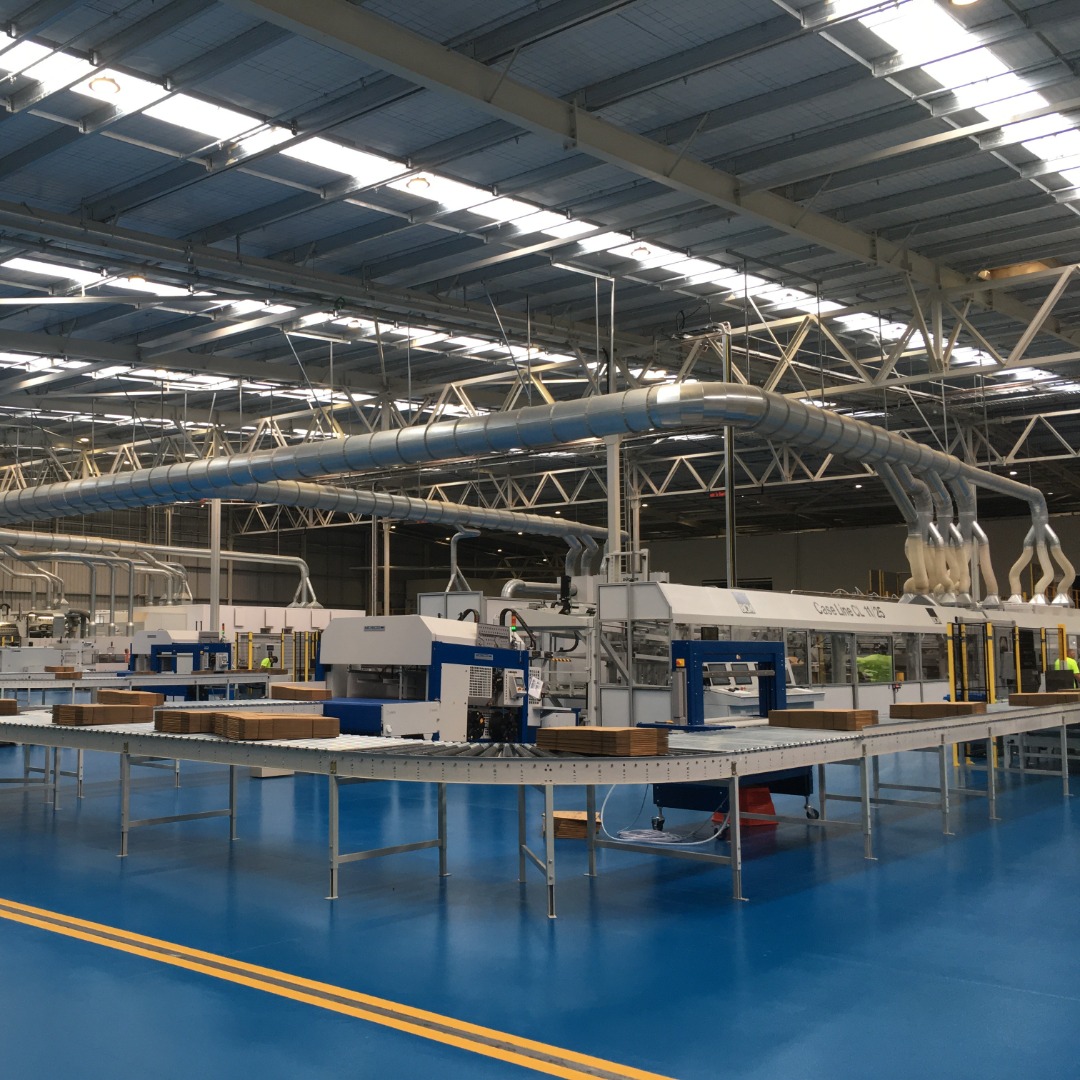
Genuine commitment to Health & Safety issues such as cleaner air in which to work is increasingly important for compliance and staff retention
Why A Dust Extraction Systems Matters
The workplace landscape in New Zealand has fundamentally shifted over recent decades. What was once considered acceptable is now recognized as a serious business risk. With an estimated 600-900 people dying each year from work-related health issues in New Zealand, and thousands more hospitalized due to dust and airborne contaminants, the stakes have never been higher.
According to WorkSafe NZ, cancers and respiratory diseases from airborne substances, including dust, make up at least 31% of work-related harm, causing approximately 650 deaths annually. These aren't just statistics – they represent real impacts on families, communities, and businesses across New Zealand.
The invisible nature of the most dangerous dust particles (those smaller than 10 micrometers) makes a professional dust extraction system essential. These particles, particularly PM2.5 (2.5 micrometers or less), penetrate deep into lungs and can enter the bloodstream, causing long-term health effects that may not manifest for years or decades.
Beyond health implications, dust presents operational risks. With 80% of all dusts being combustible, even a 1mm layer of settled dust can create explosion hazards if disturbed and exposed to an ignition source. This risk extends across industries – from woodworking shops to food processing facilities.
The modern workforce expects and deserves safe working conditions. Younger workers, in particular, are choosing employers who demonstrate genuine commitment to health and safety. Dust extraction has evolved from a compliance requirement to a competitive advantage in attracting and retaining quality staff.
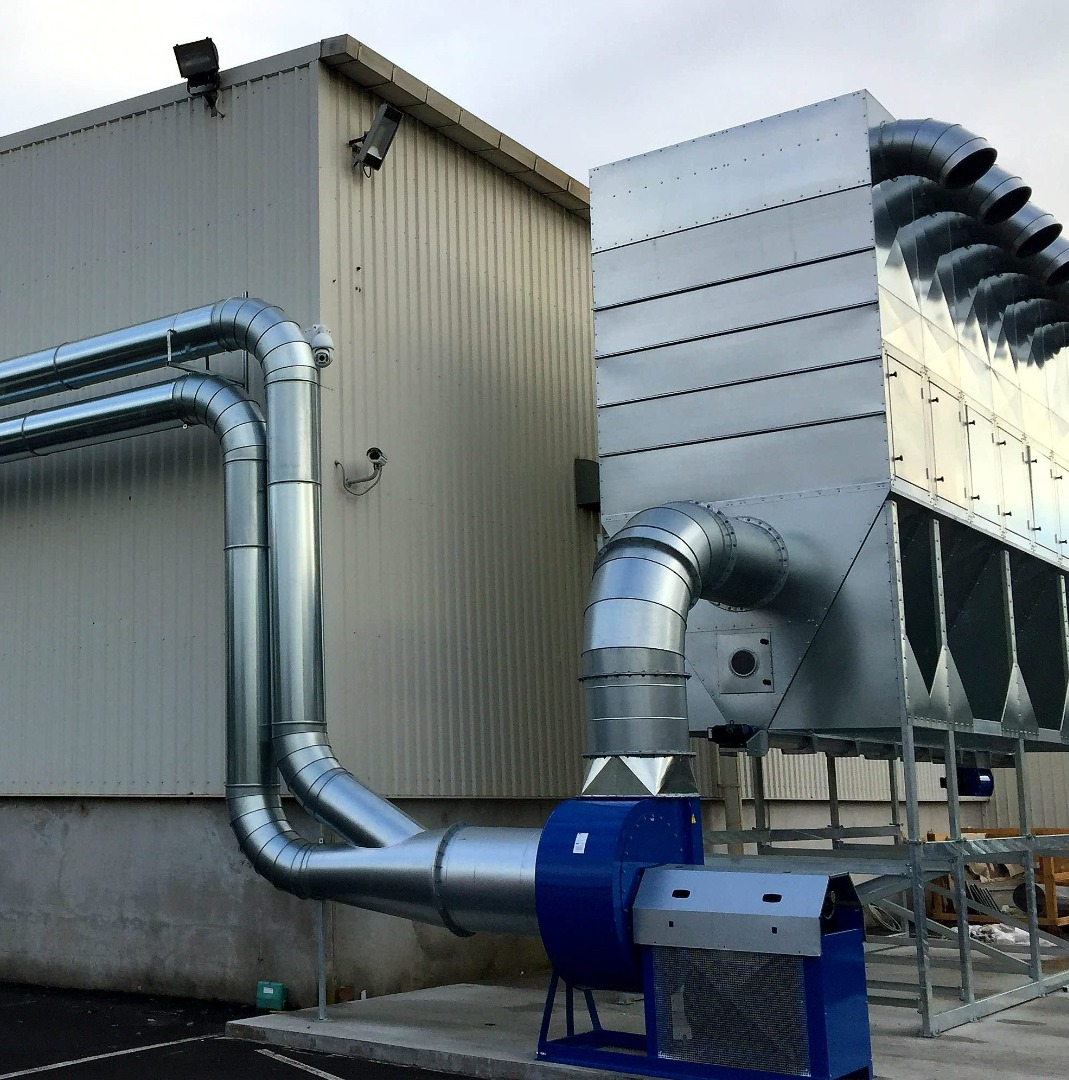
Design of your new Dust Extraction System should be carried out by an experienced sales technician who will accomodate all the features of your specific workplace .
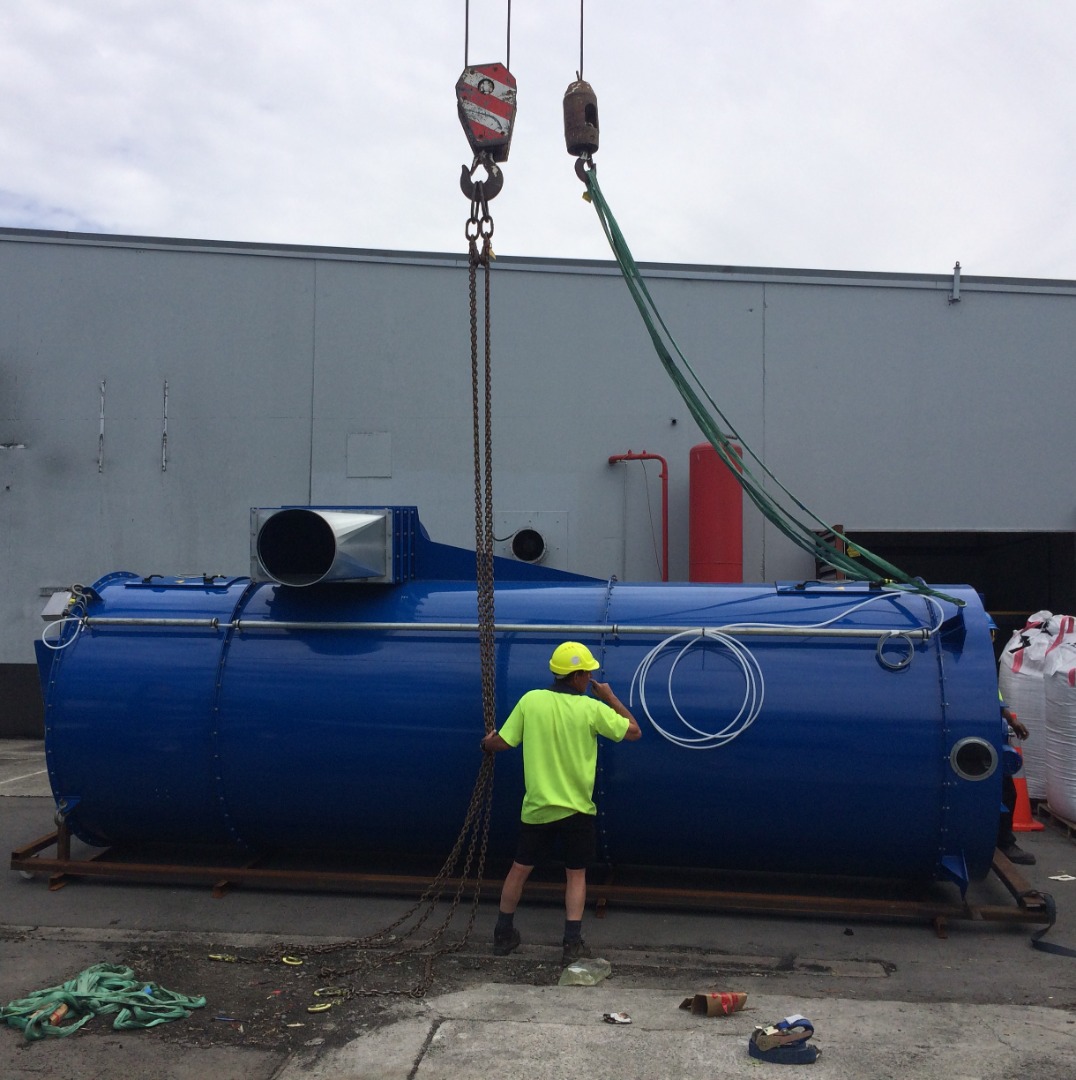
Energy management of your Dust Extraction System is financially important, but also allows a choice to use newer designs of filters capable of handling large dust loads in a relatively smaller foot print due to advances in features.
Key Components of A Dust Extraction System
Understanding how a dust extraction system works helps in making informed decisions about your workplace needs. While specific products vary, all effective systems share fundamental components that work together to create a safer environment.
Capture Methods and System Design
The journey begins with understanding your dust generation points. Every workplace is unique – from the types of materials processed to the layout of equipment. Effective dust capture requires careful analysis of these factors to determine optimal capture points and methods. This isn't about applying generic solutions but understanding your specific workplace dynamics.
Conveyance and Airflow Principles
Once captured, dust must be transported efficiently to filtration units. This requires understanding airflow dynamics specific to dust extraction – quite different from standard ventilation or air conditioning. Proper system design ensures dust remains suspended during transport, preventing dangerous buildup in ductwork. The layout should accommodate your current operations while allowing for future modifications as your business evolves.
Filtration and Air Cleaning
The heart of any system is its filtration capability. Sizing this correctly is crucial – undersized systems lead to frequent maintenance and poor performance, while oversized systems waste energy. The key is matching filtration capacity to your actual dust load, considering factors like operating hours, dust types, and production volumes.
Energy Management
A modern dust extraction system incorporates energy-saving features that reduce operational costs. Variable speed drives adjust fan performance to match actual demand, while intelligent controls optimize system operation. Understanding these options helps in selecting systems that balance performance with efficiency.
Maintenance Planning
Every system requires maintenance, but well-designed systems minimize these requirements. Planning for accessibility, spare parts availability, and routine service from the outset prevents costly surprises. Consider how maintenance activities will integrate with your production schedule to minimize disruption.
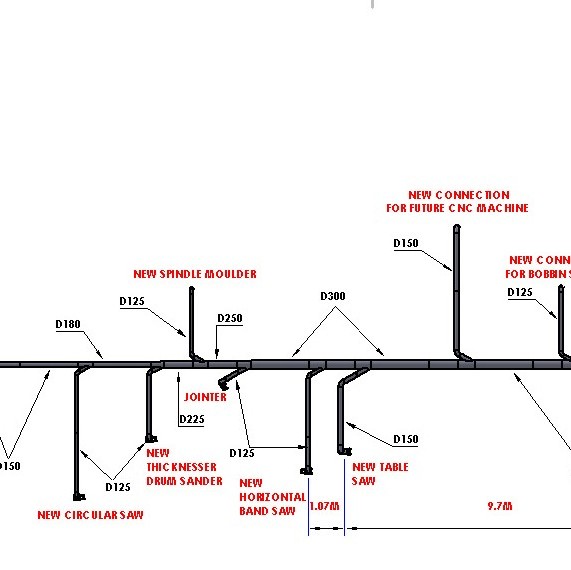
Our sales team understand air flows and duct sizing : this ensures the system we design for you will operate effectively
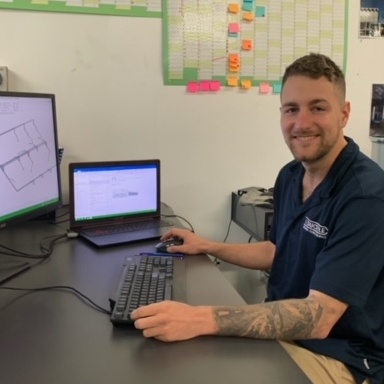
How NZ Duct+Flex Delivers Dust Extraction Solutions
Our approach begins with understanding your unique challenges. Every workplace has its own dust generation patterns, operational constraints, and growth plans. We start by visiting your site to observe actual working conditions – because effective solutions come from real understanding, not theoretical calculations.
During our initial consultation, we assess not just current dust generation but also your operational flow, space constraints, and future plans. This comprehensive view ensures the solution we design will serve you well beyond immediate needs. We consider factors like shift patterns, seasonal variations, and planned equipment additions that might affect system requirements.
Our design process is collaborative. We work with your team to understand practical considerations that might not be obvious during a site visit. Your operators often have valuable insights about dust generation patterns, problem areas, and operational preferences that inform better system design.
Implementation planning focuses on minimizing disruption to your operations. We coordinate installation schedules around your production requirements, often working during shutdowns or quiet periods. Our experienced installation teams understand the importance of maintaining your business continuity.
Training and handover ensure your team can operate and maintain the system effectively. We provide comprehensive documentation and hands-on training, ensuring designated staff understand system operation, basic troubleshooting, and maintenance requirements. This knowledge transfer empowers your team to get maximum value from the investment.
Our relationship doesn't end at installation. With 20 years serving New Zealand businesses, NZ DUCT+FLEX understands that your needs evolve. Our preventative maintenance programs and ongoing support ensure your system continues performing optimally as your business grows and changes.
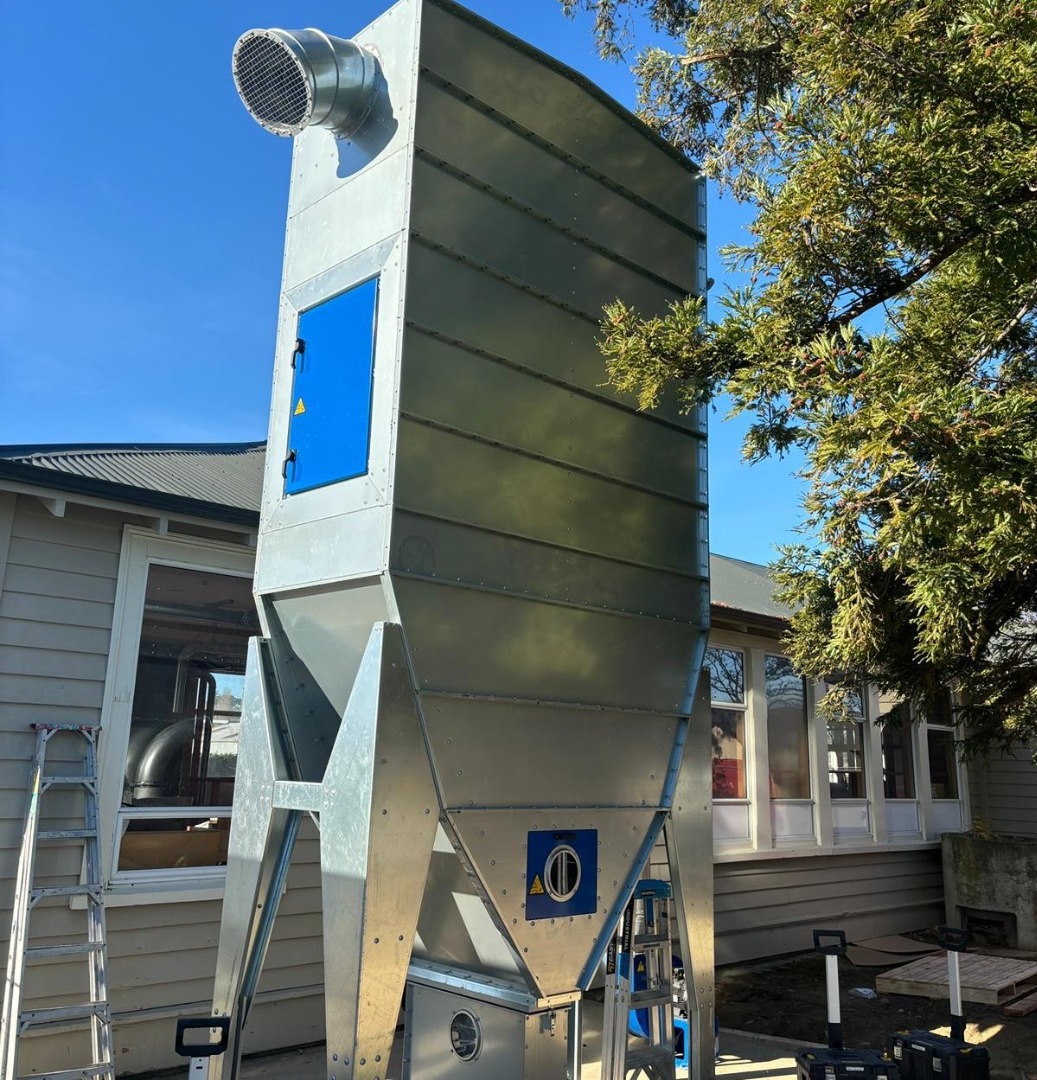
We meet the specific requirements outlined in the Ministry of Education Guidelines for schools including ATEX Equipment Directive 2014/34/EU for explosive atmosphere protection
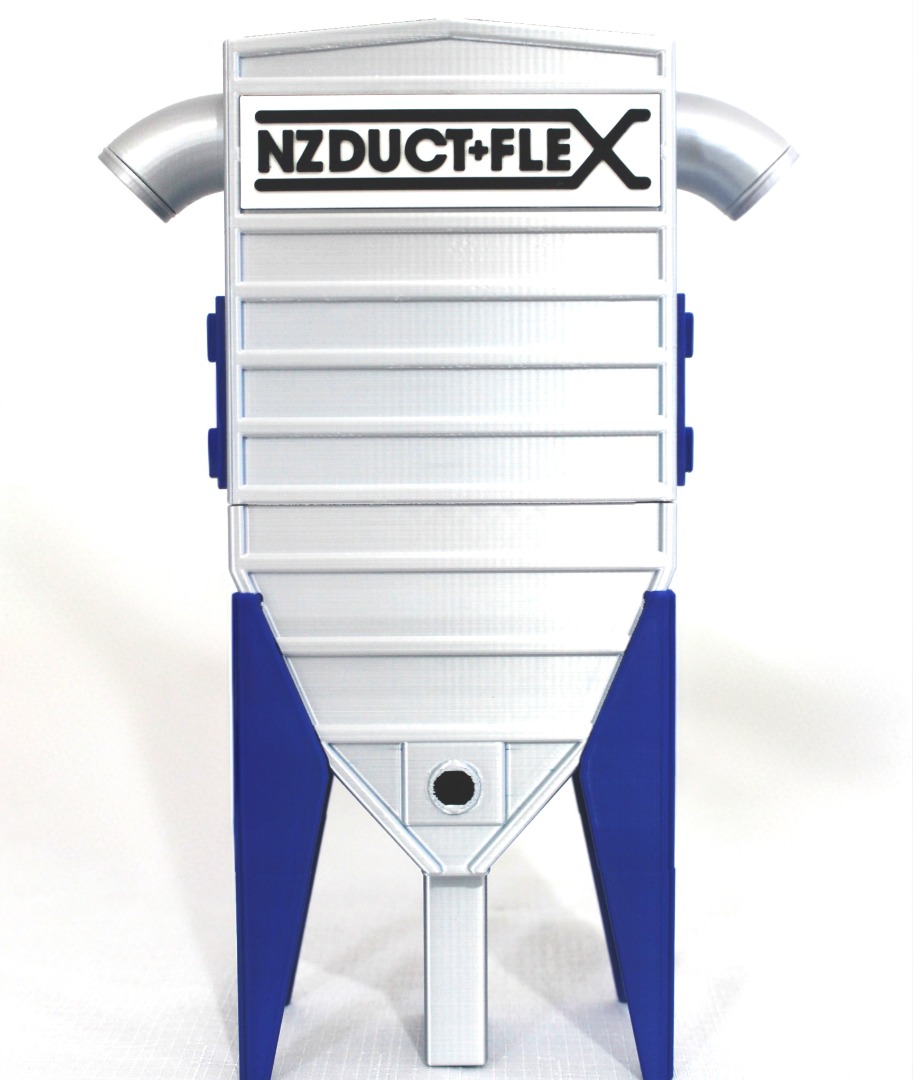
Dust Extraction Compliance in NZ
Navigating New Zealand's regulatory environment requires understanding both current requirements and future trends. The Health and Safety at Work Act 2015 places clear obligations on businesses to protect workers from airborne contaminants, with WORKSAFE actively monitoring compliance.
Understanding your specific obligations starts with identifying the types of dust in your workplace. Different materials carry different risk levels and regulatory requirements. For instance, silica dust has specific control requirements due to its link to silicosis – a disease that resulted in 140 ACC claims as of early 2023. Wood dust, metal particles, and other materials each have their own exposure standards and control requirements.
WORKSAFE inspections focus on demonstrable control measures. Inspectors want to see not just that you have a dust extraction system, but that it's properly designed, maintained, and effective. This includes documentation showing regular maintenance, filter changes, and system performance checks. Many businesses benefit from engaging Industrial Hygienists to provide professional assessments and documentation.
Certain industries face additional requirements. Schools, for example, must meet specific standards outlined in the Ministry of Education Guidelines, including ATEX Equipment Directive 2014/34/EU for explosive atmosphere protection. Understanding these industry-specific requirements early prevents costly retrofitting later.
Compliance isn't static. Regulations evolve as understanding of health risks improves. What meets standards today might be insufficient tomorrow. This makes choosing adaptable, future-focused systems important. Planning for stricter future requirements protects your investment and demonstrates forward-thinking management.
Documentation plays a crucial role in demonstrating compliance. Maintaining records of system design, installation, maintenance, and performance testing provides evidence of due diligence. These records prove invaluable during inspections and can protect your business in case of incidents.

Same day despatch for in stock items
Choose NZ Duct+Flex
Two decades of focusing exclusively on dust and fume extraction gives us unmatched New Zealand experience. We've worked across every industry sector, from small workshops to major manufacturing facilities, accumulating practical knowledge that benefits every new project.
Our approach balances local expertise with international best practices. While we understand New Zealand's unique requirements – from seismic considerations to local regulations – we also bring global innovations to local businesses. This combination ensures you get solutions that are both world-class and locally appropriate.
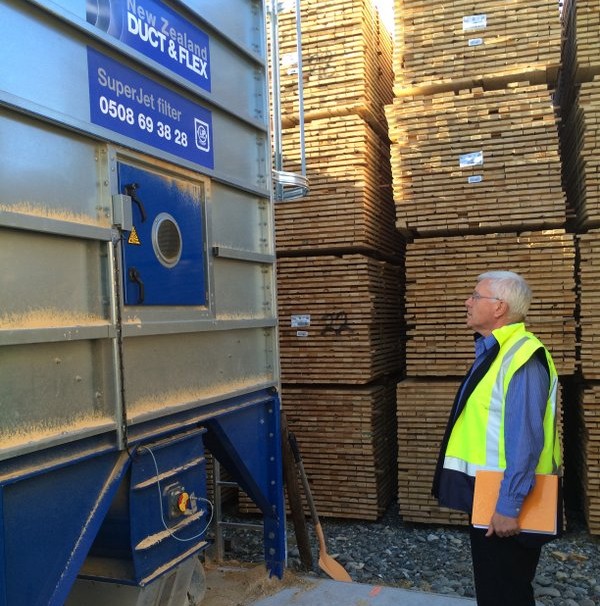
Customer Service is our priority
Enjoy European Tech With Local Expertise!
Our partnerships with leading European manufacturers bring you proven technology backed by thousands of successful installations worldwide. But technology alone isn't enough, our local team provides the expertise to adapt these solutions to your specific needs.
From initial consultation through ongoing support, you work with professionals who understand both the technology and your business environment. Our preventative maintenance programs ensure your investment continues delivering value year after year.
Call us now for a FREE Consultation!
Let us help you create a safer, cleaner, and more efficient workplace. Our consultation process begins with understanding your unique challenges and ends with a dust extraction system that protects your team and enhances your operations.
Contact us today to discuss how professional dust extraction can transform your workplace.
